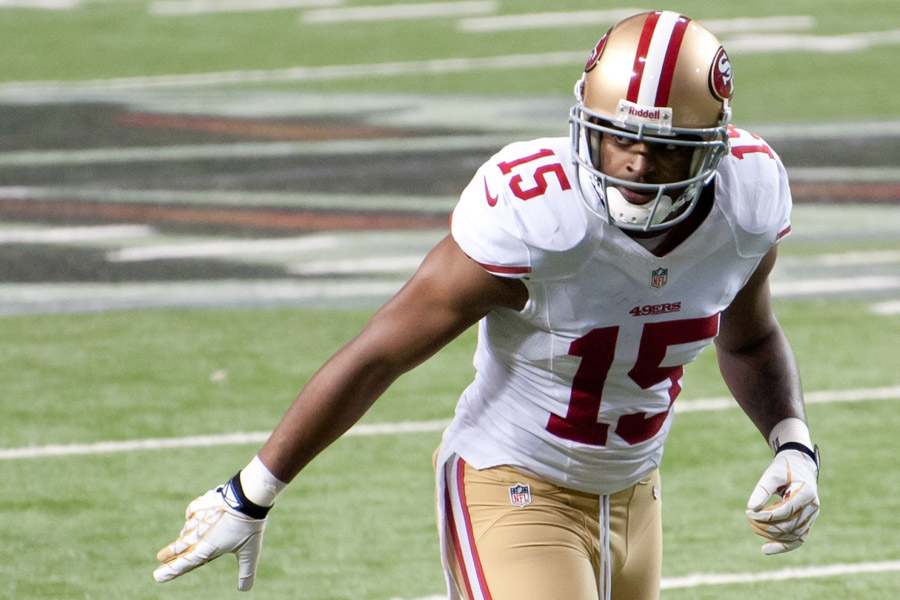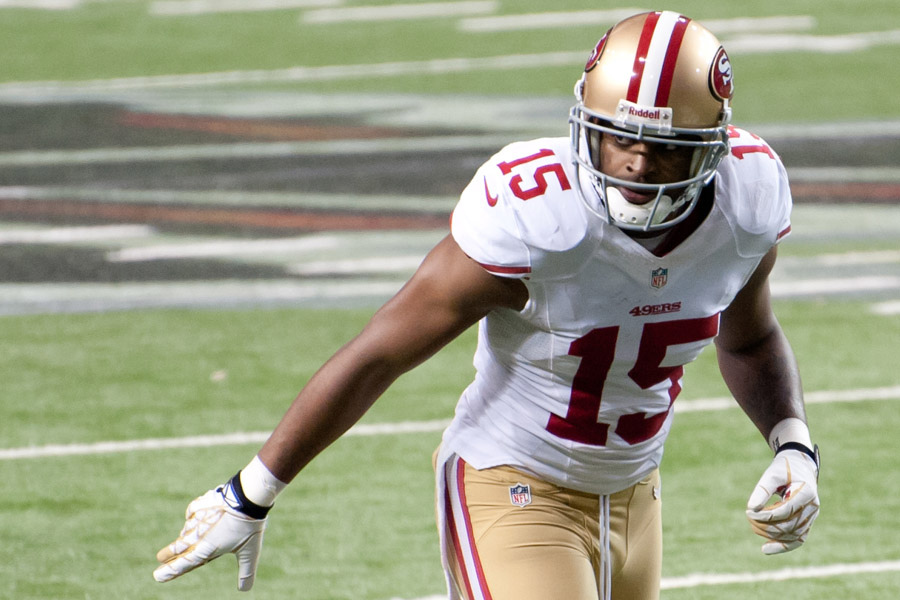
Only I didn’t get the full extent of the punchline until this evening.
Media Night at the Senior Bowl is a loosely organized event. Imagine four long life rafts filled with sailors in a sea filled with twice as many sharks. In case you’re not too swift on the uptake this evening, the sharks aren’t the football players.
If you’re media, you can either wait for a Senior Bowl PR intern to track down the player you want to interview and bring that player to you (the fish move) or you can hunt them down yourself. Unless I don’t know what the player looks like, I don’t bother with the PR staff.
Halfway through my list of interviews was Lorenzo Taliaferro. The Coastal Carolina running back was seated at a table with a few other guys when I approached him for an interview. Before Taliaferro could respond, a player seating across from him interjected.
“Excuse me, I’d like to interview him first.”
I didn’t recognize the player. He had closed cropped hair and he sported a thin mustache with some chin fuzz. His skin was the shade of mocha.
The player leaned across the table towards Taliaferro holding his phone like a tape recorder.
“Uh, hold on a second . . . this is uh . . . my first time interviewing anyone. I can’t seem to get this recorder to work, can you help me?”
I take a seat next to Taliaferro and watch this guy fumble around with his phone. I can appreciate football players making fun of the media. The first press conference I attended as a student was an after-practice interview with former Georgia coach Ray Goff over 20 years ago.
I brought an old Marantz recorder with me – a device meant more for transcribing music than recording interviews. It was the only thing I had.
When I hit the record button, I had the volume too high and feedback blared through the beginning of the press conference. Some reporters laughed, others seemed horrified, and Goff stared a hole through me.
I didn’t ask the coach any questions for the next two weeks. I thought it was best I let that incident fade away.
This mock malfunction of the recorder didn’t dissuade this player-turned-intrepid-beat-reporter to furrow his brow and fire off a facetious, nonsensical question.
“My first question is . . . how is it going to feel to when you get on the field this Saturday, get the ball, square your opponent, and blast his ass?”
The combination of the tone, the expression, and the words were perfect. I couldn’t help but laugh. His teammates were doubled over.
“And what does ‘blast his ass mean’ anyway?”
At this point, the player leaned back in his chair and indicated I had the next set of questions. If I didn’t have three more receivers on my list that I wanted to interview for a story I posted on technique, I would have asked this guy for an interview. He would have been a great source for “crazy things reporters say” material.
Considering I listened to a local reporter ask wide receiver Kevin Norwood if he “hoped to run a 4.7” and then tell Norwood he thought the time sounded pretty fast to him after Norwood said he “hoped not, 4.7 is a slow time,” I don’t have to imagine.
At the end of the night, I told Jene Bramel and Cecil Lammey about the player making fun of reporters. I could only describe him as bigger guy who looked like he could either be a small lineman or bigger linebacker. Since I only study offensive skill players, I don’t recognize all the defensive players at the game.
I saw him again tonight, February 9, 2014. He was telling the world that he is gay. His teammates at Missouri knew all year.
Humor is one of the great signs of intelligence. The funniest people I’ve known or have read about often had to contend with some serious shit in life.
Michael Sam, you’re one funny dude. Good luck out there.













